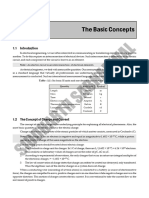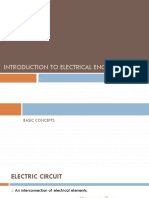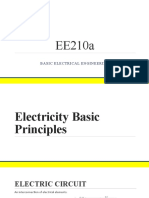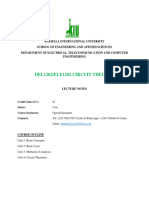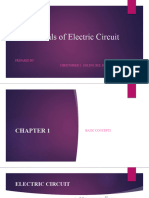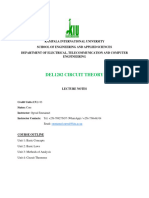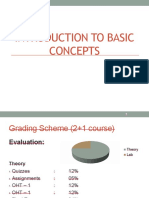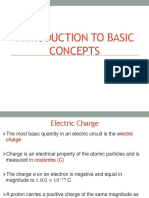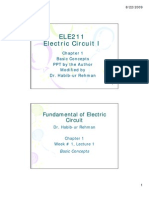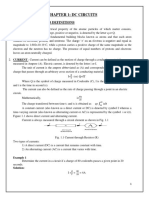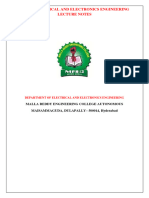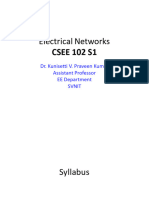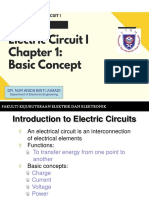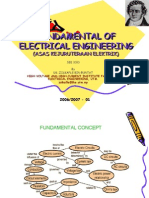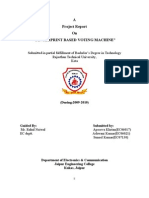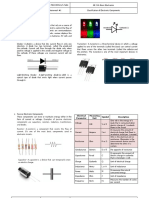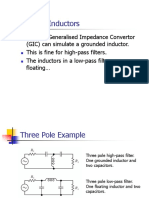0% found this document useful (0 votes)
8 views51 pagesC1. Basic Concepts
The document introduces basic concepts in electrical engineering, focusing on electric circuits, charge, current, voltage, power, and energy. It explains the interconnection of electrical elements, the significance of standard units, and the principles governing electric charge and current flow. Additionally, it discusses the relationship between voltage and energy transfer, as well as the importance of power calculations in circuit analysis.
Uploaded by
tainvip456Copyright
© © All Rights Reserved
We take content rights seriously. If you suspect this is your content, claim it here.
Available Formats
Download as PDF, TXT or read online on Scribd
0% found this document useful (0 votes)
8 views51 pagesC1. Basic Concepts
The document introduces basic concepts in electrical engineering, focusing on electric circuits, charge, current, voltage, power, and energy. It explains the interconnection of electrical elements, the significance of standard units, and the principles governing electric charge and current flow. Additionally, it discusses the relationship between voltage and energy transfer, as well as the importance of power calculations in circuit analysis.
Uploaded by
tainvip456Copyright
© © All Rights Reserved
We take content rights seriously. If you suspect this is your content, claim it here.
Available Formats
Download as PDF, TXT or read online on Scribd
/ 51
